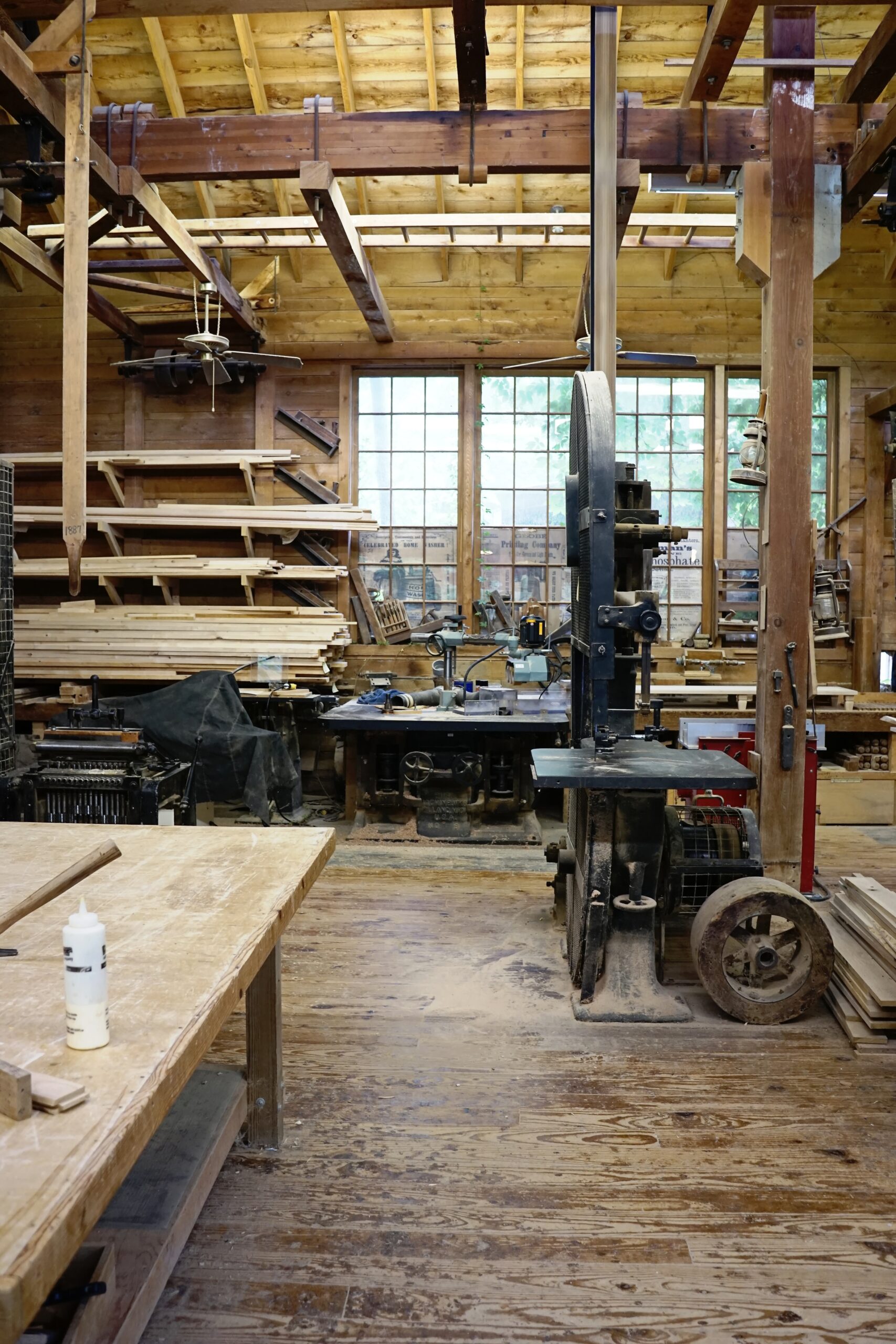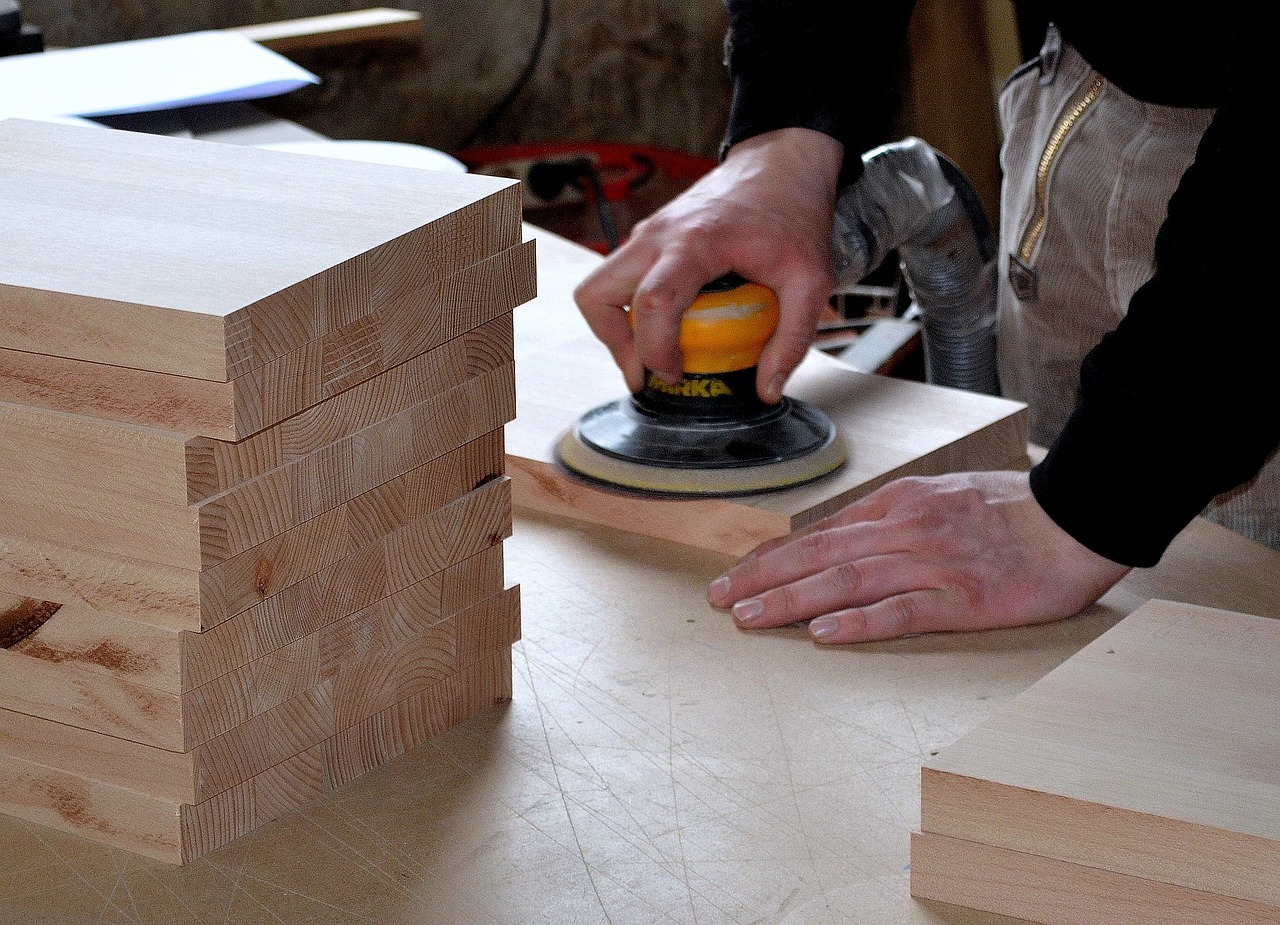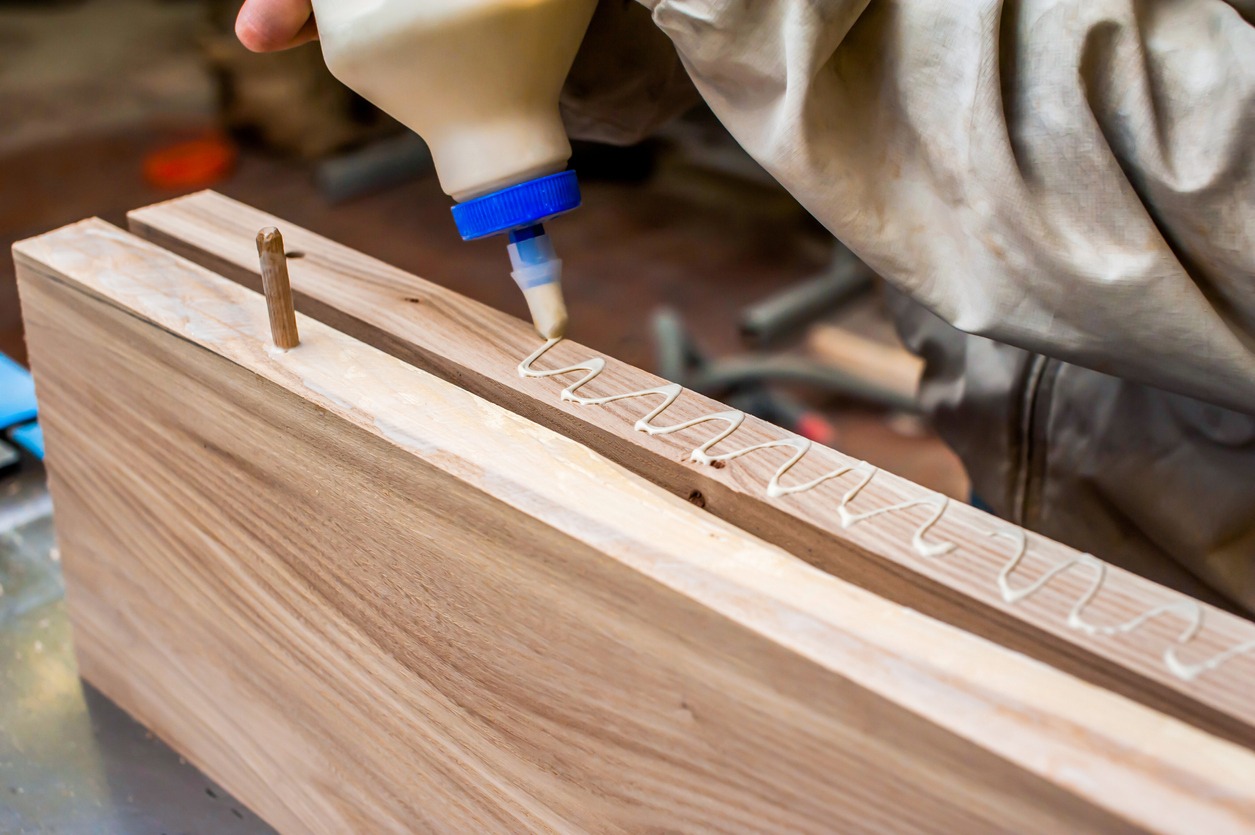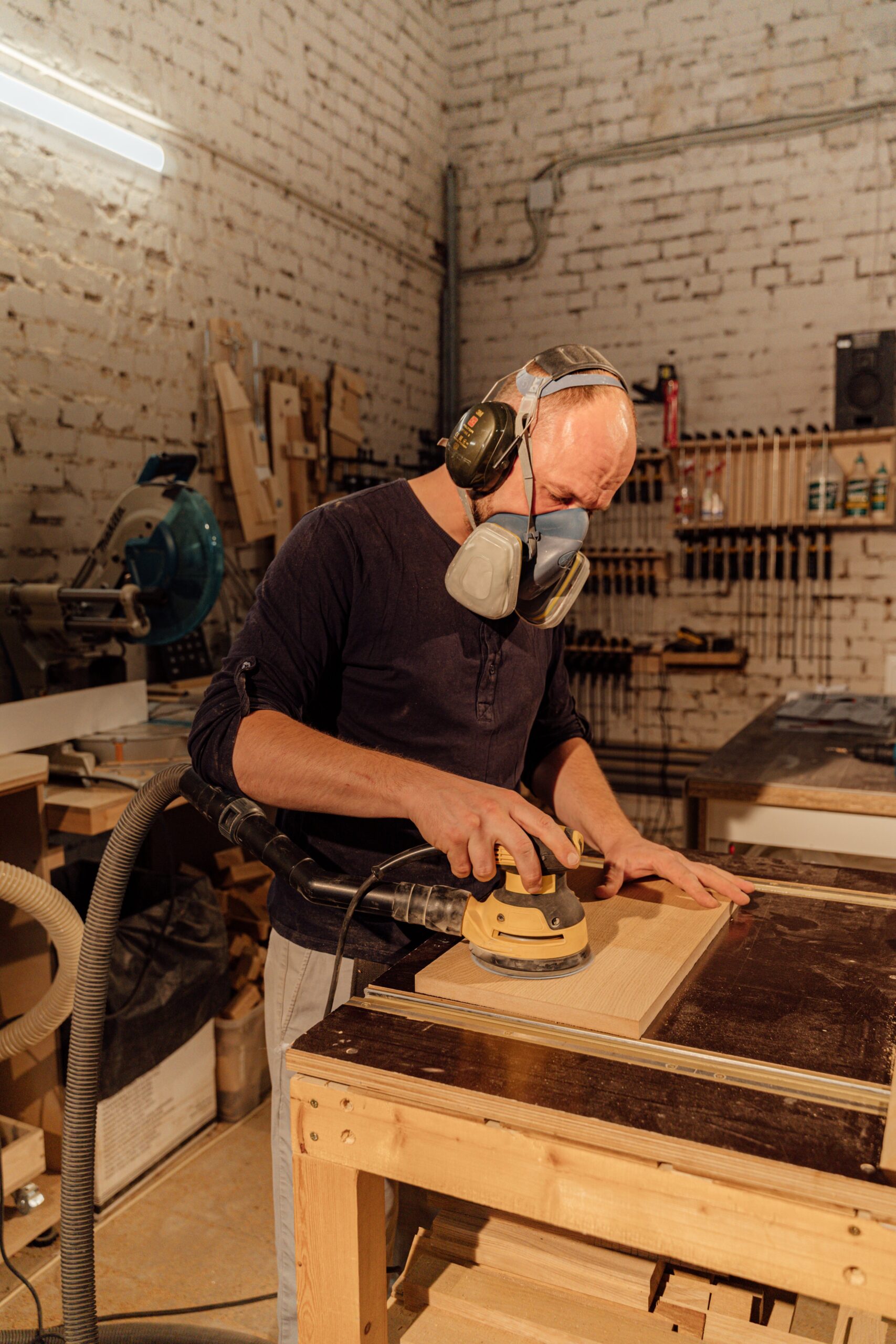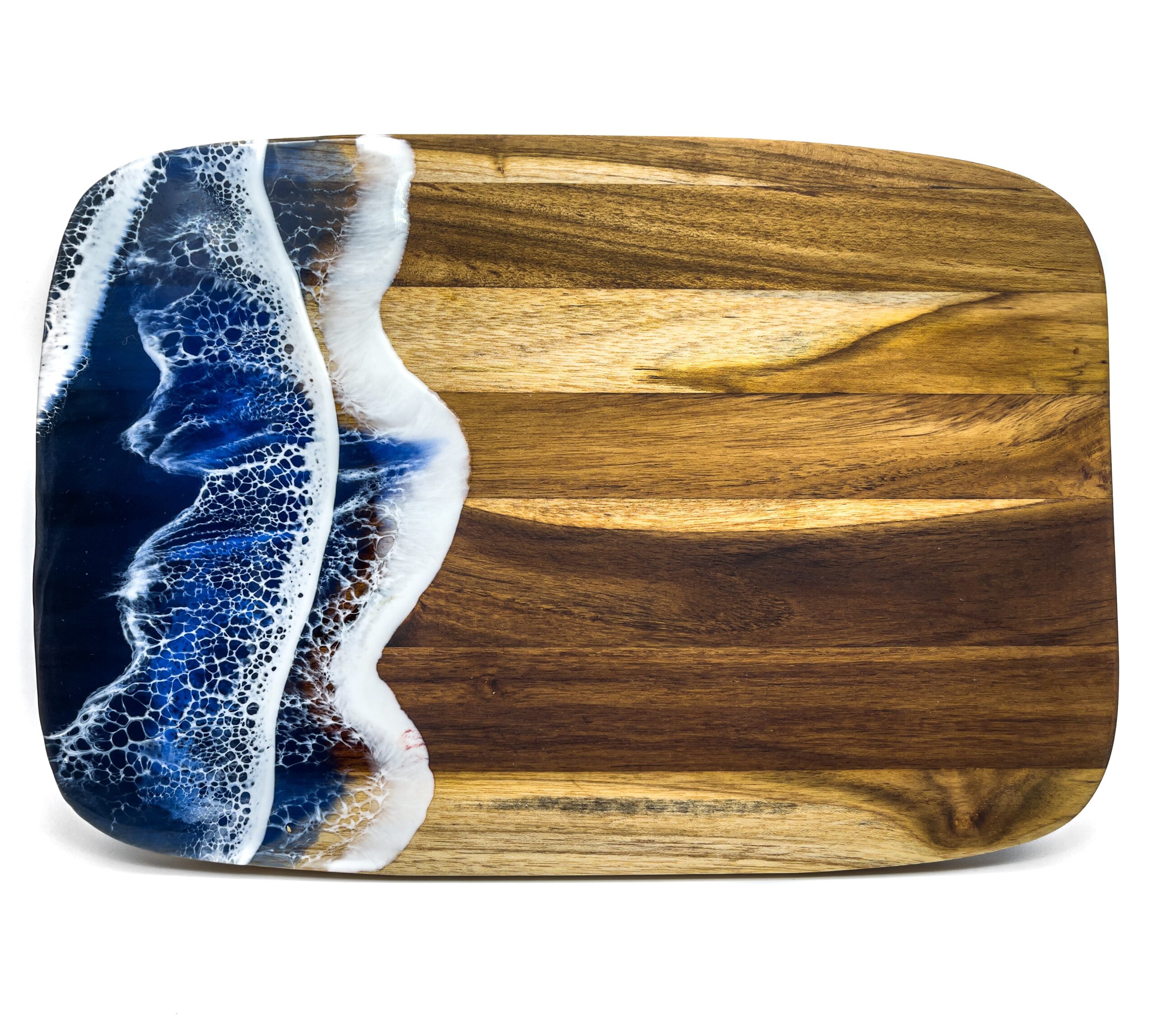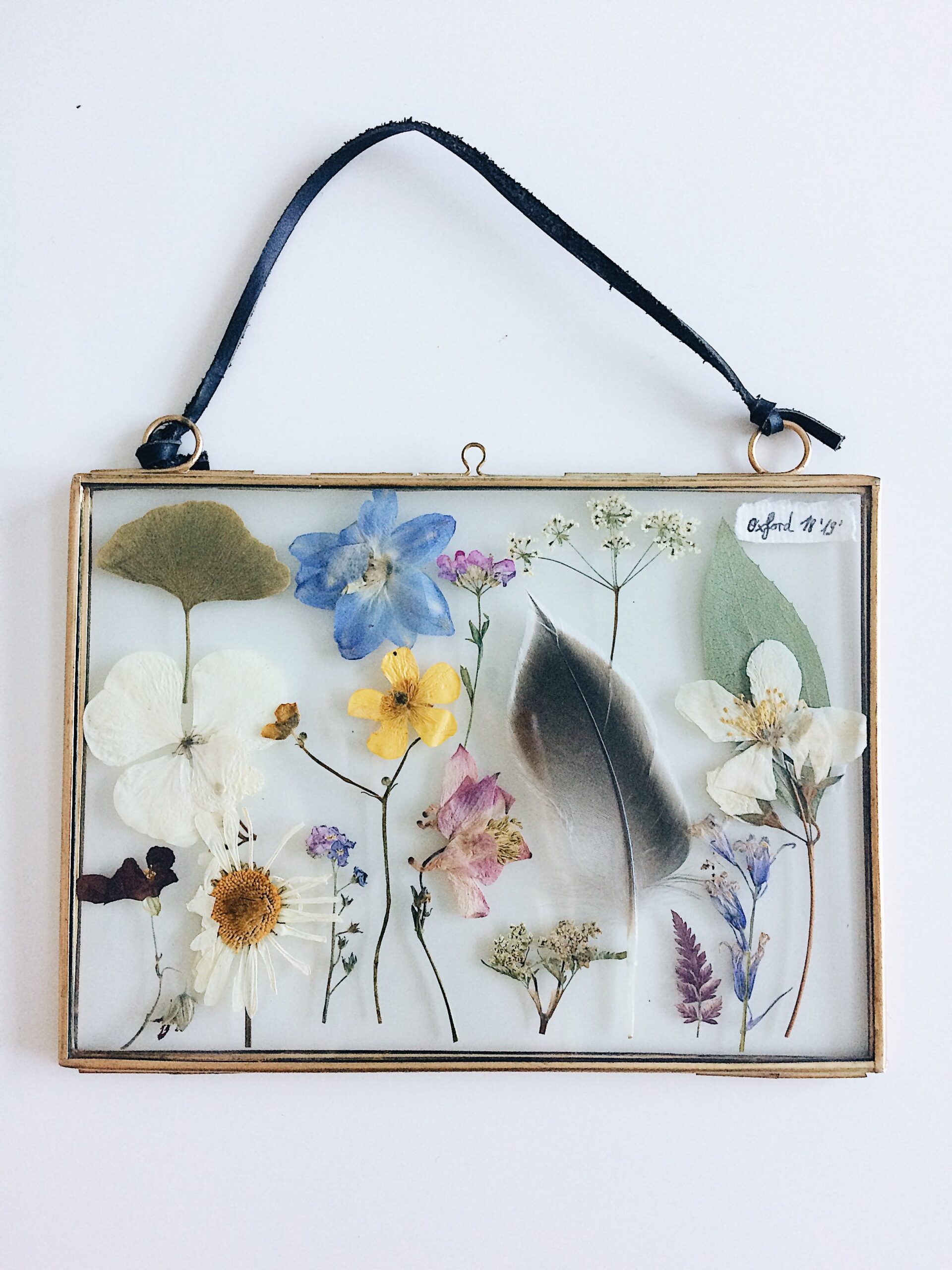Brief overview of woodworking techniques
The art of creating things out of wood, such as cabinets, furniture, joinery, carpentry, and woodturning, is known as woodworking. One of the earliest materials that early people dealt with was wood, along with stone, clay, and animal parts.
The same processes are involved in almost every woodworking project: slicing timber to size, making the joinery and embellishments, assembling the pieces, prepping the surface, and finishing. There are hundreds of ways to utilize a tool, or combination of tools, to assist complete each step in these stages.
Practically any woodworking job you do will need the use of the following woodworking methods. These methods, which span from cutting to finishing, are essential to all woodworking jobs, no matter how big or little. They apply to anything from spoon carving to cabinet construction.
Milling
The technique of turning raw timber into precisely sized pieces using geometry is called milling. The first step in the milling process is to flatten one face of the board at the jointer. After that, use a planer to smooth the board’s other face. Lastly, cut (or “rip”) the remaining edge so that it is parallel to the other using a table saw. The wood is prepared for joinery by milling it.
Jointing & Planing
As part of the milling process, one face and one edge are flattened during jointing. The jointer can also be used for tapering, beveling, and rabbeting under certain conditions.
The process of planing is used to make hardwood surfaces smooth and free of extra material. After flattening one face of the timber with the jointer, it is smoothed with a planer to a uniform thickness. You can use an electric planer or plane by hand, depending on the project. In the woodshop, hand planes are less noisy, simpler to control for intricate details, and produce less dust. When you want to swiftly remove a lot of material off the surface of your wood, electric planers are a good choice.
Sawing
Almost all woodworking projects begin with sawing down some wood. Saws come in a wide variety and are utilized for a variety of tasks. Wearing a respirator and safety eyewear is a must while handling sawdust or small particles. When using saws and other noisy machinery, earplugs or other hearing protection are required. When utilizing tools and equipment, maintain your attention and move aside any distractions.
Drilling & Boring
A hole is made in the wood by the drilling process, whereas a pre-existing hole is made larger by the boring process. Select the appropriate drill bit based on the material and size you want. A portable drill driver or a stationary drill press are both used for drilling. While drill presses that are fixed offer greater power and precision, handheld drills are more portable.
Gluing & Clamping
Glue types
A properly prepared piece of wood is stronger than the wood itself when it is put together. To attach wood, there are three basic forms of glue.
The most often used kind of wood glue is interior glue in shades of white and yellow. It should not be used outside because it is not water-resistant.
Because exterior glue is water-resistant, it is utilized for jobs that are done outside.
Epoxy is used to strengthen an item and fill in any gaps.
Clamp types
Bar clamps- Used to unite bigger constructions. They consist of a jaw that is fixed to a long, flat bar. Although they may be adjusted, the widths are constrained by the bar’s length. They vary greatly in terms of weight and size.
Pipe clamps- Used for large constructions like tabletops and doors. By simply altering the length of pipe between the fittings, a pipe clamp may be made to suit any diameter pipe.
F-clamps- Particularly useful for clamping edges fast and on narrow projects. They may even be used to clamp your creation to a workbench like a vise.
Spring-loaded clamps- Small projects up to three inches broad are ideally clamped with spring-loaded clamps. They are simple to operate and lightweight.
Shaping & Molding
The process of shaping wood into non-rectangular forms is called shaping.
To hide surface discontinuities, molding is a solid wood strip with a variety of ornamental profiles. Most certainly, you’ve seen molding on antique closets or walls in older homes. Additionally, steam is used by woodworkers to skillfully bend and curl tiny pieces of wood.
Scrollwork
The technique of “scrollwork” involves cutting wood into attractive patterns with a scroll saw. You may cut out complex letters and other shapes, add embellishments to sculptures, or make carved legs for furniture projects.
Lathe Turning
The skill of molding wood into cylindrical forms using a lathe is called woodturning.
Veneering & Lamination
The technique of veneering involves applying thin wood slices to the surface in order to decorate a solid piece of wood. Marquetry also use this method. The technique of lamination involves pressing and adhering wood layers together. Skateboards are made using these methods. Students may create their own unique skateboards using seven layers of strong maple veneer at The Crucible’s Youth Skateboard Building.
Sanding & Filing
Wood may be shaped using two techniques: sanding and filing.
Sanding is the final process of using sandpaper, usually in a series of grits, to smooth the wood’s surface. It involves using progressively finer grits to scrape the surface until the scratches they left are too small to see. Higher numbers indicate finer grit. Grit is rated according to the number of particles per inch.
Shaving and smoothing rough edges and hard-to-reach areas of wood is known as filing. Hand tools with a hardwood grip composed of hardened steel are called files. Similar instruments called rasps remove material more quickly but leave a rougher finish.
Finishing
Most wood species are susceptible to dents, scratches, and debris, and liquids and oils will always leave their imprints. Additionally, wood may expand or contract in reaction to atmospheric moisture. To differing degrees, finishes shield the wood from everything above by either hardening on the surface or providing a protective coating over the top. Additionally, the grain will be highlighted by most finishes, and it will truly sparkle when many coats are built up.
Oil-based penetrating coatings are absorbed by the wood. They seem more natural on wood and are simpler to apply than surface treatments.
A protective layer is formed on top of the wood by surface finishes drying. Surface treatments include shellac, paint, and polyurethane. They provide strong defense and are a wise option for wood items that are subjected to heavy usage, such as outdoor furniture or a countertop that is often used.
Introduction to the art of resin casting
Resin has drawn a lot of attention due to its exceptional strength, beauty, and unique elegance, making it one of the most popular arts in the world today.
Pine sap was the first natural resin discovered by the Egyptians and was used to embalm their dead. Additionally, boats and ships are sealed using this substance. Inspired by this natural substance, resins are now manufactured artificially and sold; as a result, resin is widely used in crafts and artwork. Resin may be used to create a wide variety of objects, including notebooks, photographs, chairs, jewelry, cups, plates, and more.
A few simple equipment and supplies are all that are needed to complete the straightforward process of resin casting. A lot of enthusiasts make little items with resin casting. It’s a popular option among people and hobbyists for leisure activities because it’s an easy and affordable technique to make little items.
Complexly shaped things can also be produced by resin casting. The form of the mold cavity determines the shape of the casting. An enthusiast or a manufacturing firm can make a casting with the desired shape by employing the appropriate kind of mold cavity.
Resin casting is used to create scale models, which can be single pieces or whole replicas of things like trains, planes, or ships, as well as valuable and personalized toys and objects such as ball-jointed dolls, garage kits, and designer toys. In contrast to injection-molded plastic figurines, which are manufactured in large quantities—thousands or even hundreds—they are typically made in modest quantities—tens to a few hundred copies. Compared to injection molding, resin casting requires more effort, and each cast wears down the soft molds that are utilized. Because resin casting requires a little initial expenditure, amateurs can create small batches for personal use, such customizing, while businesses can utilize it to create small batches for retail sales.
An artist creates a clay sculpture as the first step in the conventional sculpting technique before turning it into a toy or figure. When it makes sense, such when building a garage kit, the sculpture is broken down into several sections, such as the head, body, arms, and legs. For each item, a flexible mold composed of room temperature vulcanized (RTV) silicone rubber is created.
Once the mold is created, each mold cavity is filled with a synthetic resin—such as epoxy or polyurethane—that has been combined with a curing agent. When the two liquid components are combined, an exothermic process takes place that produces heat and hardens the material in a matter of minutes, producing castings or duplicates that take on the shape of the mold that they were poured into. To facilitate the removal of the hardened or set resin from the mold, the molds are sometimes half-divided (much like the hollowed-out chocolate Easter eggs with candies inside). A releasing agent may also be employed. After being taken out of the flexible mold, the hardened resin casting is allowed to cool.
Most casting compounds are aggressive, and when the reaction temperature is high, the mold gradually deteriorates and loses minute features. A flexible mold can typically produce 25 to 100 castings, depending on the size of the object and the heat produced intensity.
After that, depending on the kind of product, casting artifacts like sprues and seams may be removed by cutting or sanding. Certain goods are completed and painted, while other models and kits that are meant to be built by the customer are left unpainted.
Because RTV silicone molds can replicate the smallest detail, many of these low volume castings are quite well made. Due to variations in casting procedures and creator talent, the quality of both original masters and resin castings vary.
The aesthetic and functional benefits of resin inclusions
When it comes to woodworking, resin is an indispensable substance since it offers a variety of advantages that are unmatched by other materials. First of all, resin is incredibly helpful in shielding wood from potentially harmful substances since it is impenetrable to stains and highly water-resistant. It is also quite simple to use, enabling anybody to apply a consistent finish fast and with little effort. Resin also dries readily and rapidly, leaving a glossy surface that is ideal for improving the look of any wood project.
Moreover, resin bonds well to both unfinished wood and surfaces that have already been finished. When combined with other materials like paints and sealants, this is very advantageous as it adds an additional layer of protection, extending the life of your wooden product or piece of furniture. In a similar vein, resin has the extra benefit of being exceptionally resilient, meaning it can tolerate severe physical impact without deteriorating or losing its beauty. In conclusion, using resin to a variety of woodworking tasks may provide genuinely amazing outcomes by providing excellent protection in addition to fine finishes and long-lasting durability.
The following are a few advantages of resin for aesthetics:
Wooden resin art– The medium for wooden resin art is made durable and strong by the hardening of epoxy resin. This has become well recognized through the application of resin art to transform common, simple wooden furniture into unique pieces of art. Alternatively, the resin may be combined with colors and wood chips to create natural materials that can be used in various artistic mediums (Kumari et al. 2019).
Picture art– Because resin works with a variety of dried inks, it is often used as a protective coating for pictures. In addition, this prevents UV radiation from destroying the pigments, safeguarding priceless memories of loved ones.
Jewelry and ornaments– Smaller silicone molds can be used to create delicate resin jewelry or decorations. Because personalized resin sculptures often incorporate natural elements such as flowers, shells, precious stones, or any preserved thing, they make excellent gifts for friends, family, or coworkers.
Crockery– Resin art might liven up any gathering because it can be used as dishware. Resin may be washed with warm, soapy water, despite not being dishwasher safe. It is possible to create stunning plates, vases, and cups with molds that will wow and stick in the minds of onlookers.
Meanwhile resin inclusion can provide the following functional benefits:
Durability– Resin lasts a lot longer. The resin is very solid as it hardens, making it resilient to knocks and blows. Apart from that, resin can be combined with a special sealant ingredient that serves as a barrier against moisture and water damage.
Resistance to chemicals– Resin inclusion is designed to withstand a variety of chemicals, including acids, alkalis, and solvents.
Resistance to abrasion– When resin is added, the material becomes more resilient to wear and is also recognized for its abrasion resistance. It is not readily damaged when anything heavy or strong comes into touch with it.
Hygiene– Since they don’t contain microorganisms, resin incorporation makes it more sanitary. Spills may be simply cleaned up thanks to the laminated layer on top, which resists stains.
Aesthetic appeal– For resin incorporation, a large variety of finishes and colors are available.
Cost efficient– Because it is a plastic derivative, resin has a rather low price. They are more affordable since they are easy to make and have a longer lifespan.
